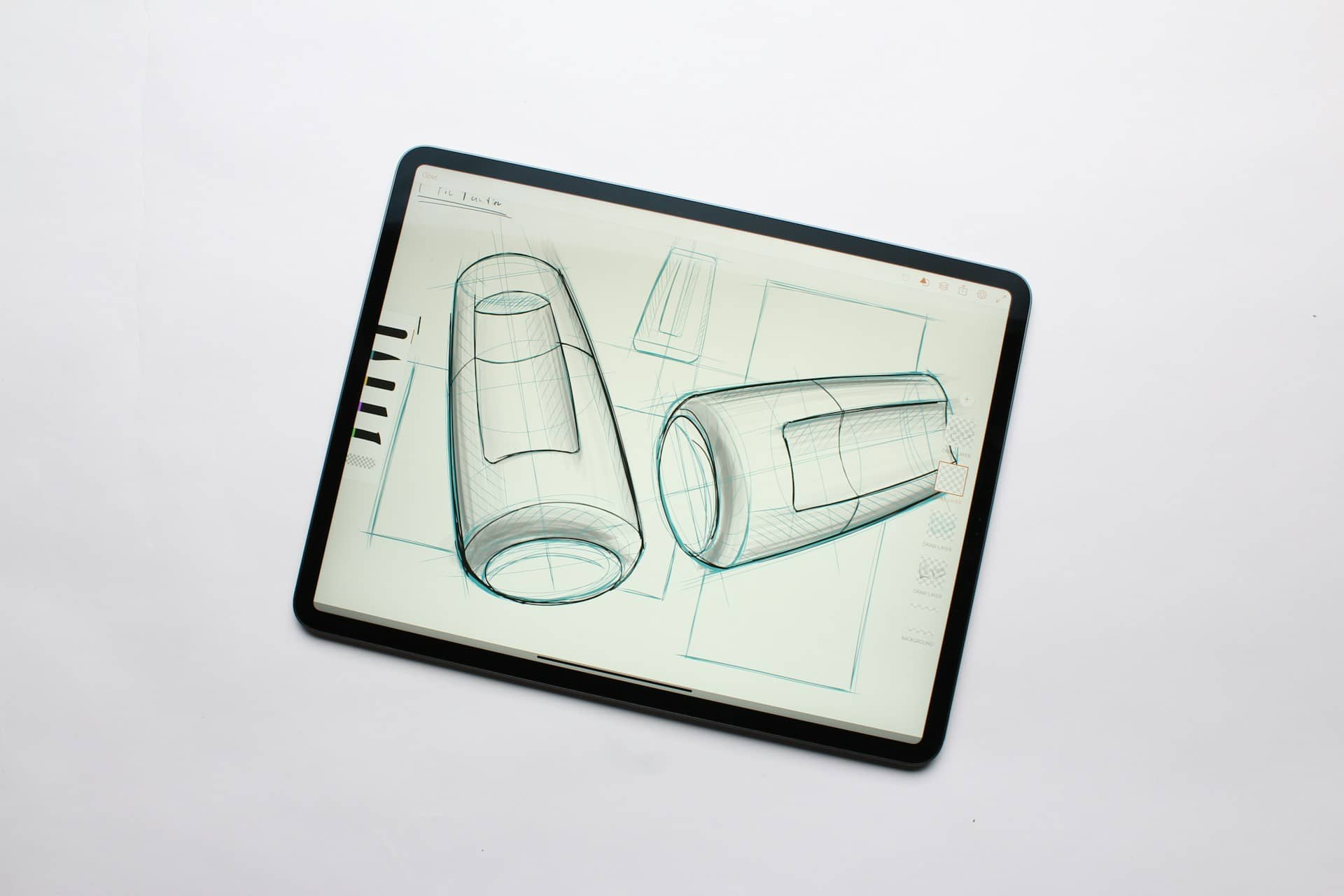AutoCAD is one of those tools that has quietly shaped the world around us. From the buildings we live and work in to the products we use daily, this software has played a crucial role in modern design and engineering.
Who might use CAD software, and why is it such an essential part of so many industries? While architects and engineers are obvious users, AutoCAD reaches far beyond these professions.
What Jobs Use CAD Software?
If you take a moment to think about all the things that require careful planning and precise measurements, it becomes clear why so many professionals rely on
CAD software. The most obvious users are architects, who use CAD to create building plans, blueprints, and detailed 3D models. This software allows them to visualize designs before construction even begins, helping them identify potential issues and make necessary adjustments early in the process.
Civil engineers are also heavy users of CAD software. Whether they’re designing bridges, highways, or water supply systems, they need highly accurate technical drawings and simulations to ensure structural integrity and safety. Software like AutoCAD allows them to test materials, analyze environmental factors, and ensure that their designs meet all necessary regulations.
Interior designers use CAD software to plan floor layouts, furniture arrangements, and lighting schemes. Instead of relying on rough sketches, they can create detailed digital models to help clients visualize their spaces before any physical changes are made. This not only saves time and money but also allows for quick modifications based on customer feedback.
So, who might use CAD software? A wide range of professionals, including both obvious and more unexpected professions. Fashion designers, for example, use CAD to draft clothing patterns and develop prototypes before cutting a single piece of fabric. This allows them to experiment with different styles, materials, and sizes without wasting resources.
Set designers use it to plan stage layouts and construct intricate film sets, while animators use it to create 3D environments that blend seamlessly with real-world footage. Special effects teams rely on CAD for designing props and visual effects elements, ensuring that digital models match the real-world elements they interact with. Even the medical field has embraced CAD technology. Prosthetics and orthotics specialists use tools like AutoCAD to design customized medical devices tailored to individual patients. Dental professionals rely on it to design precise models for crowns, implants, and orthodontic devices. With millimeter-perfect accuracy, CAD software leads to better patient outcomes, ensuring treatments are more comfortable and effective.
Why is it Essential?
The omnipresence of those who use CAD software across so many industries is a testament to its value. But why is it so important? One of the biggest reasons is accuracy. Before digital design tools existed, professionals had to rely on hand-drawn blueprints, which left room for human error. A single mistake could mean hours of wasted effort or, worse, a flawed product or structure. CAD software eliminates much of that risk by allowing designers to work with extreme precision, down to the smallest detail.
Efficiency is another key reason this software has become essential. Making changes to a hand-drawn blueprint used to be a time-consuming process. With tools like AutoCAD, you can make adjustments in seconds. This kind of speed and flexibility saves a ton of time, helping projects move forward smoothly without any unnecessary hold-ups.
Collaboration is another big advantage. Modern projects often involve multiple teams working together, sometimes from different parts of the world. CAD software allows professionals to share designs in real-time, make edits simultaneously, and ensure everyone is on the same page.
You already know what jobs use CAD software and why it’s so popular. Beyond these practical benefits, tools like AutoCAD also play a role in sustainability. By allowing designers to test different materials, layouts, and energy-efficient options before production, it helps reduce waste and minimize environmental impact. Many industries are now using CAD to create eco-friendly designs such as sustainable product packaging.
Why CAD Software Will Continue to be Essential
So,
who uses CAD software? The answer isn’t just architects and engineers – it’s anyone who needs to design with precision, efficiency, and creativity. Technology is constantly evolving, and so is CAD software. Features like AI-driven automation, cloud storage, and advanced 3D modeling are making design work even more efficient and precise. With the rise of 3D printing, virtual reality, and smart manufacturing, CAD software will only become more critical in shaping the future.
Whether it’s in engineering, fashion, healthcare, or entertainment, the demand for accurate, flexible, and collaborative design tools isn’t going away. But AutoCAD isn’t the only option out there. There are plenty of great alternatives like Alcads, which you can
try free for 15 days.
One thing’s for sure: CAD software isn’t just for technical pros anymore; it’s a powerful tool for anyone looking to bring complex ideas to life.

